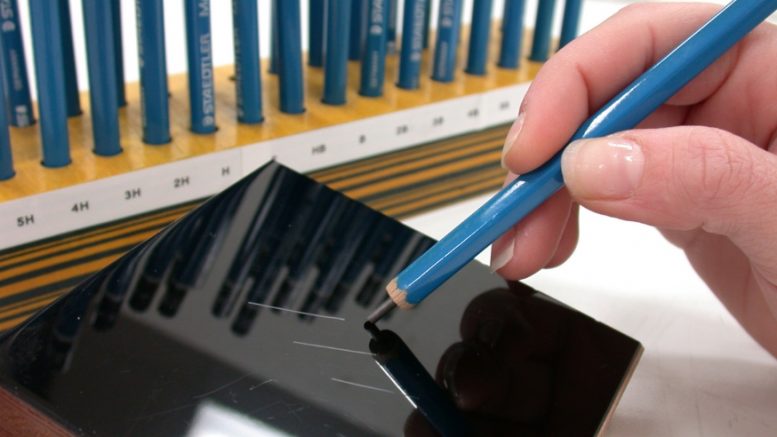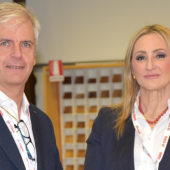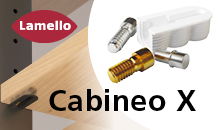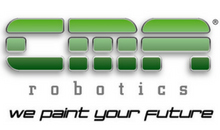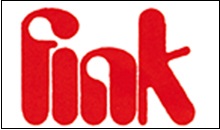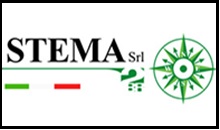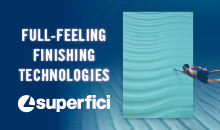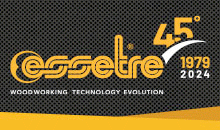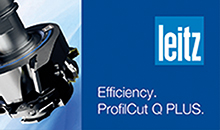If there is one process in the great ‘mare magnum’ of lacquering that has attracted particular attention, it is the use of excimer lamps, which have turned a ‘simple’ drying process into a veritable method for obtaining ‘super matt’, extremely opaque surfaces with impeccable physical and mechanical properties….
“In the panorama of furniture surface coating, the latest significant technological development can certainly be considered to be that of excimers. Although it is a ‘method’ that is now perfectly well known by operators in the sector, especially for the performance that surfaces treated in this way can offer, the theoretical principles on which it is based are undoubtedly less well known, also due to a certain complexity that actually involves this new technology”.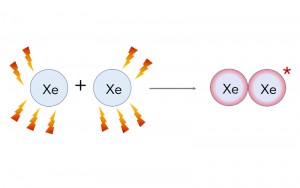
Franco Bulian, director of Catas, to go into a subject that, given its success, deserves to be known a little more in depth. In fact, it seems important to us – for the purposes of a basic knowledge, even if not particularly in-depth – to make available in these pages a series of indispensable information to understand its potential, to deduce its limits but also to deal with any problems that can always arise when using new materials or new technologies.
In short, much is said about them but little is known about them, at least among those who use them. Like, for example, that this process is actually ‘thanks’ to lamps. It is the excimer lamps that are the real ‘focus’, although they could not guarantee the best result without the ‘collaboration’ of specially formulated paints and suitable application equipment.
We would therefore like to take this opportunity to briefly tell you, thanks to the ever-valuable collaboration with Catas, what excimer coatings are, precisely to offer a small contribution of knowledge to those who are already using them or whoever would like some more information on the general principles and practical aspects of this technology.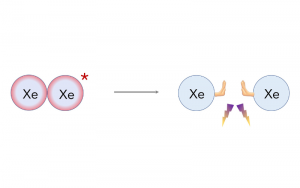
EXCIMERS, THESE UNKNOWNS….
The word excimers derives from the union of the two English terms ‘excited’ and ‘ dimer‘ , which in Italian we can translate as ‘excited dimers’.
In order to understand what it is all about, we must necessarily introduce a few concepts of chemistry, hoping that this brief introduction will not immediately put readers of this article off. In very simplified terms, we can begin this preamble by recalling that the vast majority of known chemical elements have a great affinity and ability to bond together to form molecules. Oxygen and hydrogen atoms, for example, bond together to form water molecules, and so do almost all other atoms.
However, exceptions to this atomic ‘sociality’ are certain gases – including Neon or Argon – which show no tendency to bond with other atomic species. This is precisely why these elements are called ‘noble’, as they have no intention of mixing, of joining with the other atoms in the periodic table.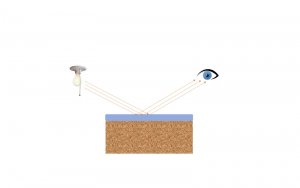
However, this ‘asociality’ of theirs can be circumvented by acting under certain special conditions. When these gases, concentrated in limited spaces, are subjected to very strong electrical discharges, it is possible to cause their atoms to bond in pairs for a very brief instant. However, these species – consisting precisely of two (of ) parts (meros) – have a very short lifetime, in the order of nanoseconds.
The almost immediate dissociation of these dimers returns the individual atoms of the noble gases to their ‘isolated’ condition, causing, in this sort of mutual rejection, the emission of very high-energy radiation in the ‘ultraviolet C’ range.
Excimer lamps therefore use noble gases (also in combination with other elements) capable of emitting very high-energy electromagnetic radiation and, in contrast to other lamps commonly used in the world of painting, are practically free of other radiation emissions in the infrared or visible range.
WHAT ARE THEY USED FOR?
The very high energy produced by excimer lamps is capable of producing very important effects by affecting the substances or surfaces with which it comes into contact, and can even change their chemical composition.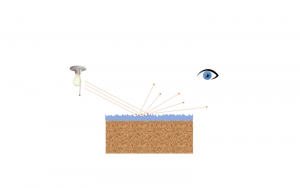
One of the most common applications is the cleaning and sanitising of surfaces that benefit from the combined effect of the molecular degradation of pollutant particles, caused by the high energy of UV radiation, and the ozone-induced oxidative effect that these lamps always produce in the presence of oxygen. Their energy output is so powerful that it can kill any microorganism, a value that has enabled these lamps to achieve great ‘visibility’ during the dramatic ‘Covid’ epidemic.
Other applications concern the activation of surfaces or their surface oxidation, without entering other fields such as the medical one, where these sources find other specific uses.
THE APPLICATION
In the panel coating sector, excimer lamps have found an interesting application by being integrated into installations that use photoreticulable paints (UV coatings). They soon realised their potential for creating micro-ripples on the surface, i.e. for obtaining very matt surfaces (with very low gloss), without the need to add matting additives to the formulation of liquid coatings.
In traditional products, these additives – which take the form of tiny, insoluble particles in liquid paints – tend to migrate to the surface during drying, producing a kind of micro-roughness on the surface. When light rays bounce off a surface with these characteristics, they are scattered in all directions, producing the sensation of opacity in our eyes.
In the case of excimer systems, after an initial gelling of the varnish (partial curing) by conventional UV lamps, the surface is passed under excimer lamps, which produce a kind of surface wrinkling. In the final stage of the curing process, the varnish is again irradiated by UV lamps to complete the curing process.
The wrinkling induced by the excimer lamps thus produces surfaces with very high opacity, and the high energy striking the coating also induces a very high surface hardness.
“In other words,” Bulian continues, ” we could say that excimer drying actually ‘wrinkles’ the surface in a controlled manner to create the roughness that is visually perceived as opacity, an effect that is also perceived as softness to the touch.
A process that, thanks to the high degree of hardening and special surface definition, also guarantees excellent resistance to fingerprints, since the micro-roughness of the surface makes them practically invisible”.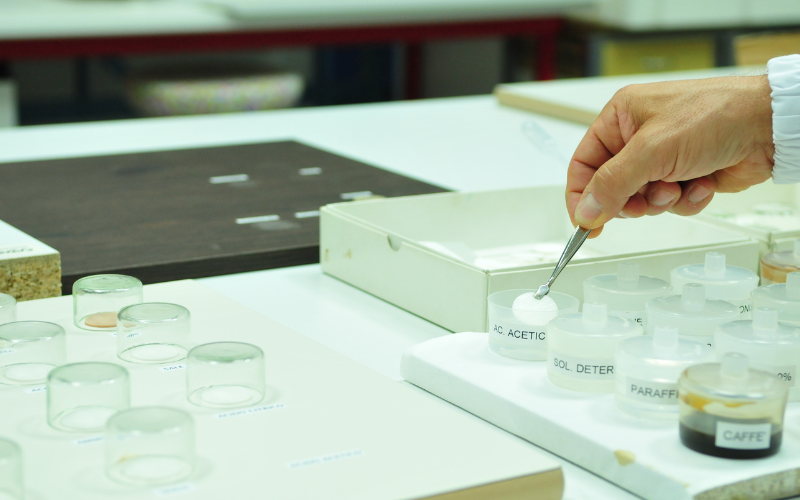
ADVANTAGES AND DISADVANTAGES
The most appreciated advantage of excimer coatings is certainly the one we have just described, namely the possibility of producing very low gloss surfaces, the so-called ‘zero gloss’, to which today’s market is very sensitive.
This low opacity is also very stable to the effect ofwear that products painted in the ‘traditional’ way suffer much more.
Another element of particular importance arises from the simple cleaning of a ‘matt’ surface, a procedure that is indispensable but can remove or ‘smooth out’ the matting agents present in the usual formulations with which surface micro-roughness can be obtained, causing polishing and – often – the formation of unsightly patches of varying gloss.
If, on the other hand, paints are used that are formulated to be treated with excimer lamps, this does not happen, not only because of the absence of the ‘agents’ we have written about, but also thanks to the very high hardness they give the surface, which is much higher than that obtainable with any other traditional paint product. In the Catas laboratories, we test daily how resistance to scratching and contact with liquid substances show very high values.
Other properties deserve more attention, such as resistance to soiling, as dirt particles can penetrate deeply into the micro-rugosity, making subsequent removal (cleaning) more ‘challenging’.
Colour change must also be considered especially in the case of white surfaces, as it is subject to particular dynamics with possible evidence of yellowing in the dark, which in some cases is subsequently reversible.
These effects are also known from some conventional UV coatings and have already been the subject of specific studies by Catas.
At the plant level there are no particular problems associated with this technology, which must in any case be combined with UV systems, other than that of necessarily having to remove oxygen from the area in which the excimer lamps operate. As already mentioned, these lamps induce the formation of ozone in the presence of oxygen molecules. The plants must therefore operate in an inert atmosphere with nitrogen flows generated by appropriate systems or in any case stored in special tanks.
We must add that much is being done in this specific sector, in light of the great interest aroused by this technology. Excellent results have also been achieved in the excimer finishing of surfaces with a three-dimensionality that is not too pronounced, made possible by specific ‘tricks’ adopted by manufacturers of painting technology. And we understand that further important progress is being made on the need to irradiate surfaces in oxygen-free environments, a conditio sine qua non that could also impose less rigid limits.
There are also rumours of some new ‘recipes ‘ – born out of the ever-closer cooperation between paint manufacturers, lamp suppliers and machine manufacturers – that could even lead to achieving the same results with far less expensive and complex processes.

